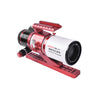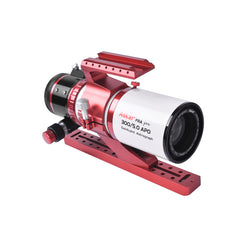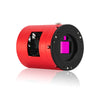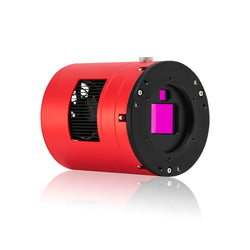Triple APOD - July 17, 2024: North America and the Pelican by Abdur Anwar
The North America Nebula and its close neighbor the Pelican Nebula make up an incredibly large region of nebulosity in the constellation Cygnus, designated as Sh2-117 in the second Sharpless catalogue. Sh2-117 is indeed just one region of nebulosity, with a rift of dark interstellar dust obscuring the middle region from Earth's point of view, defining the shape we see in photographs. The distance, size, and cause for ionization of this region has been debated for more than a century, and despite first being noted as far back as 1786 by William Herschel as a “faint milky nebulosity scattered over this space, in some places pretty bright”, the true distance and size hasn't been generally agreed upon by astronomers until the Gaia astrometry spacecraft gave a figure of 2590 lightyears in 2020. The source of ionization in the nebula, an ultraviolet-emitting hot star, wasn't identified either until 2005, hiding behind the obscuring rift of dust in the middle.
Due to the very large apparent size of this region, Abdur selected for a smaller telescope with a wide field of view, paired with a large aps-c sized sensor.
Imaging Details:
- Askar FRA300 60mm refractor
- ASI2600MC Duo
- IDAS NBZ2 filter
- UV/IR filter for stars
- Total exposure 6.75 hours
- Processed in PixInsight
Taken from Bortle 7 backyard in Cochrane, Alberta, Canada
by @AbdurAstro
Related Products

Askar FRA 300 F/5 Scope (FRA300)
This is an incredible widefield astrograph. Well worth a look if you want to get the Horsehead and Flame in the same field of view, or if you're ou...

Askar FRA 300 F/5 Scope (FRA300)

ZWO ASI2600MC/MM DUO Astronomy Camera with...
Save yourself money and headaches with integrated guiding in this excellent deep sky camera. It's just a souped up 2600mc that will let your mount ...



